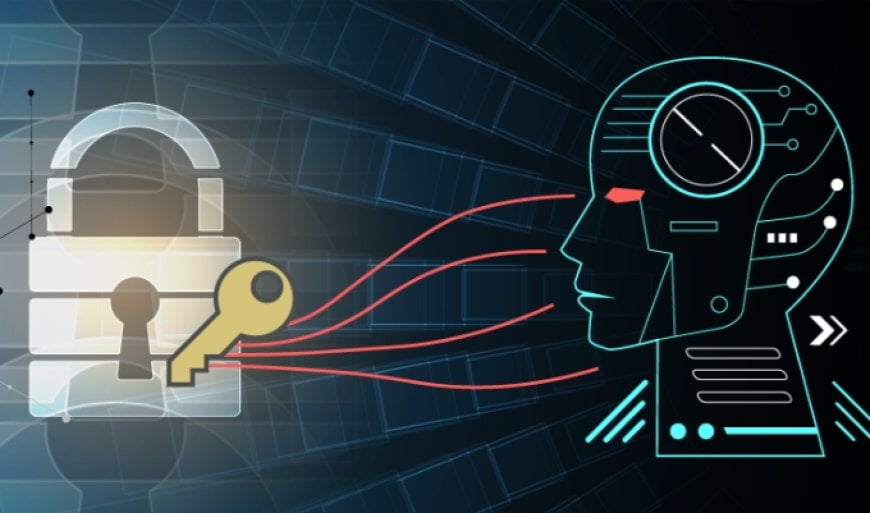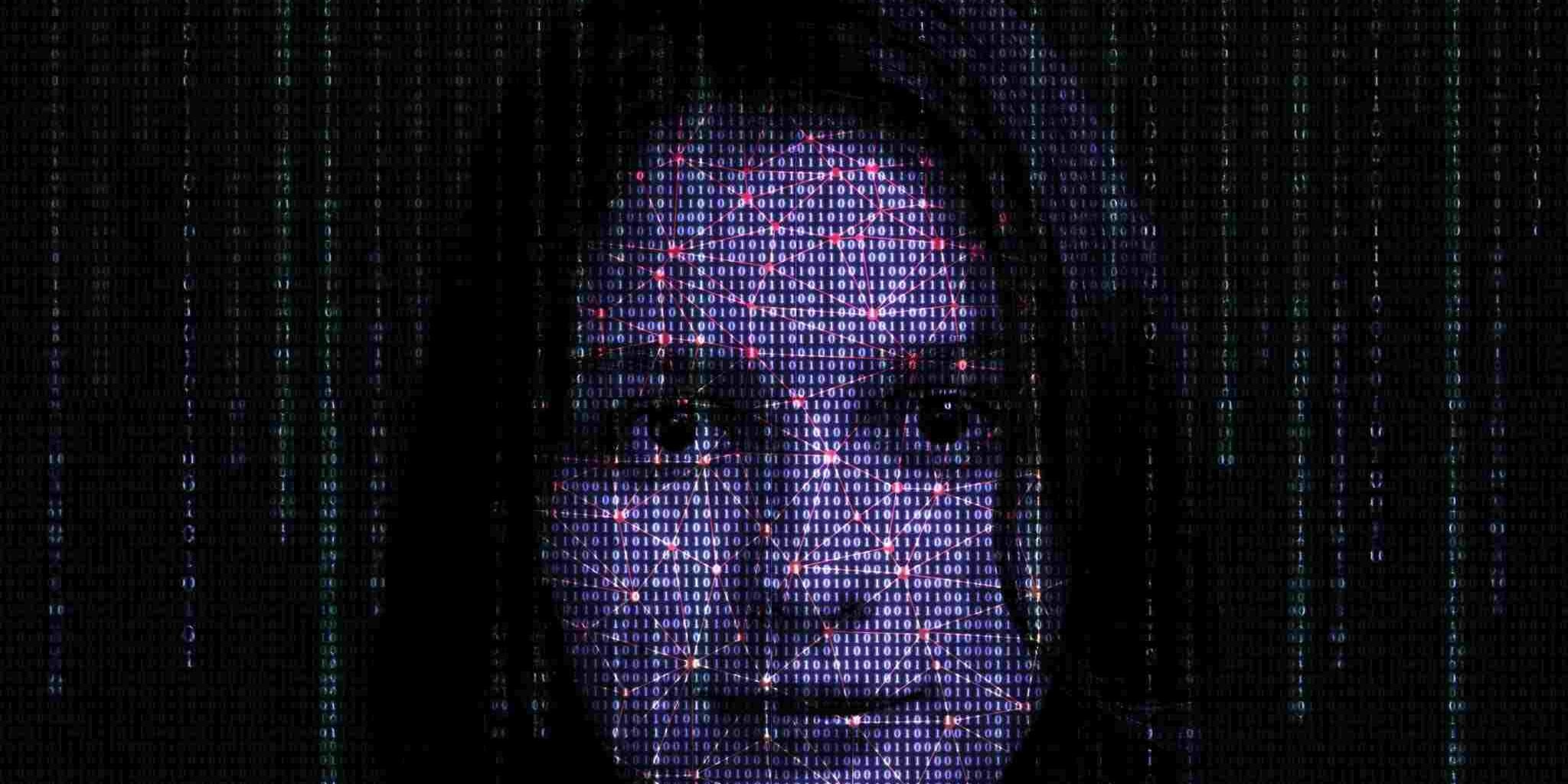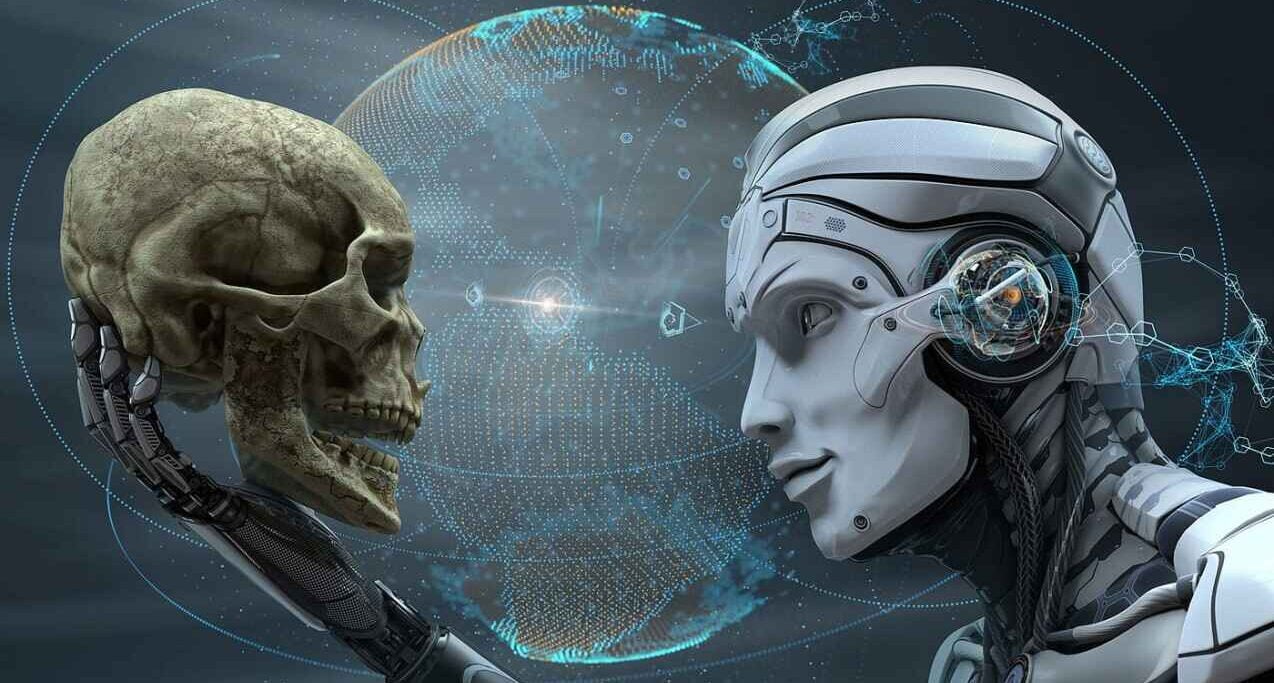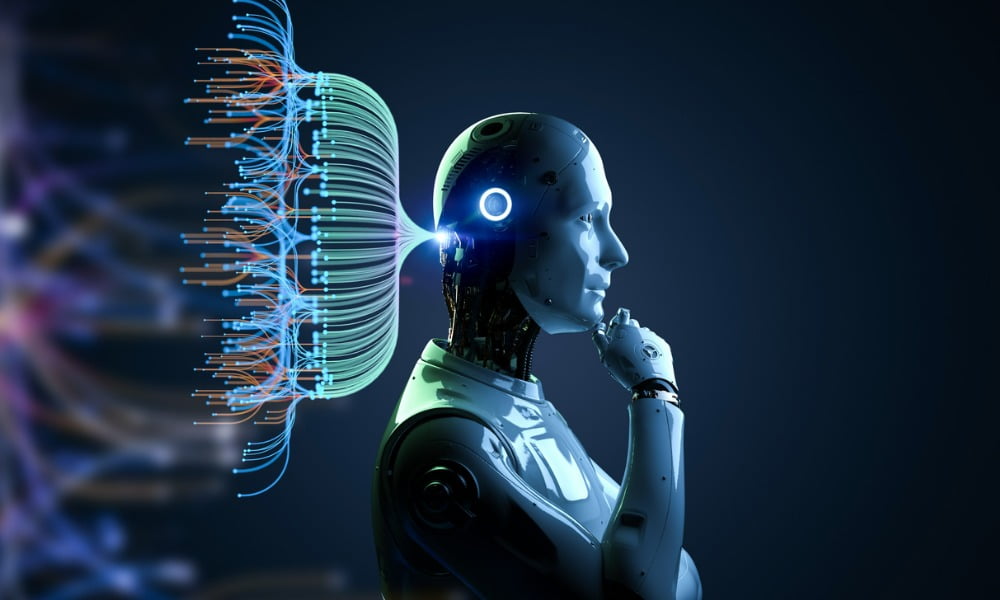Artificial Intelligence is already transforming the world. While AI offers many benefits, there are also negative impacts of AI on society that should not be ignored.
From job displacement to privacy concerns, there are several ways in which AI can have negative impacts on society.
In this blog post, we’ll explore the top 10 negative impacts of AI on society that everyone should be aware of. Let’s explore all the negative impacts of AI on society one by one.
Table of Contents
- 1. Job Losses
- 2. Privacy Concerns
- 3. Algorithmic Bias
- 4. Autonomous Weapon Systems
- 5. Deepfakes and Misinformation
- 6. Over-reliance on AI
- 7. AI Racism and Discrimination
- 8. Environmental Impact of AI
- 9. Existential Risk to Humanity
- 10. Economic Disruption
- FAQ’s
- Conclusion
1. Job Losses

One of the biggest potential negative impacts of AI on society is job losses across many industries. As AI becomes more advanced it can automate some human tasks which can be done easily.
This could lead to significant job displacement, especially in fields like manufacturing, transportation, customer service, and data entry.
Examples where AI could automate human jobs:
- In manufacturing – robots and AI handle assembly, packaging, and quality control.
- Transportation – self-driving cars and trucks replacing human drivers.
- Customer service – chatbots and virtual assistants responding to inquiries.
2. Privacy Concerns

AI needs lots of data to work. This makes people worry about their privacy. As AI becomes more prevalent in areas like smart home devices, facial recognition, and predictive analytics, issues around data privacy and surveillance will grow.
Examples of potential privacy risks:
- Smart home assistants record audio continuously.
- Facial recognition software identifying individuals in public spaces.
- AI algorithms make decisions about people based on personal data profiles.
3. Algorithmic Bias

The datasets used to train AI models can reflect existing biases and discrimination. If the data is one-sided, the AI might keep those unfair ideas against some groups when used for making decisions about jobs, loans, health care, and other things. People need to carefully look at algorithms to find and stop unfair biases.
Examples of algorithmic bias risks:
- Resume-screening AI showing bias against female applicants.
- Risk-assessment tools in criminal justice exhibiting racial bias.
- Targeted advertising AI discriminating by race or gender.
4. Autonomous Weapon Systems

There are concerns about the development of lethal autonomous weapon systems or “killer robots” that can identify and engage targets without human control. These could lower the threshold for going to war and violate human rights laws.
Examples of risks of autonomous weapon systems:
- Drones or ground vehicles that can select and fire on targets using AI.
- Lack of human accountability for deaths caused by autonomous weapons.
- The proliferation of these weapons leads to destabilizing conflicts.
5. Deepfakes and Misinformation

The ability of AI to create deepfakes of false but realistic images, audio, and video could amplify misinformation and erode public trust. Deepfakes could be used for making fake porn without someone’s agreement, cheating people out of money, spreading fake news, and tricking people with scams that seem real.
Examples of Deepfake videos:
- Fake video of a politician appearing to make inflammatory statements
- Audio deep fakes impersonating celebrities or corporate executives
- Deepfake imagery creates false evidence to spread conspiracy theories
6. Over-reliance on AI

There’s a risk that societies rely too much on AI systems. If these AI systems break or are attacked by bad people, it could be risky. An over-reliance on AI automation could also lead to the deskilling of workers and overall loss of human capabilities.
Examples of completely relying on AI:
- Computer issues or hacking attacks crippling AI operating critical infrastructure.
- Lack of human oversight of AI medical diagnostic tools leads to errors.
- Overdependence on AI tutors results in declining teaching skills.
7. AI Racism and Discrimination

Biases in training data can cause AI models to exhibit racist or discriminatory behaviors, like associating ethnic minorities with negative stereotypes. This could reinforce societal prejudices against marginalized groups. Inclusive data practices and rigorous AI testing are needed.
Examples of AI racism:
- Facial recognition AI disproportionately misidentifies people of color.
- Word embeddings used in language AI reflect gender stereotypes.
- Recruitment and hiring AI tools exhibiting racial bias.
8. Environmental Impact of AI

The computational power and energy required to develop and run large AI models have a growing environmental footprint in terms of carbon emissions and e-waste. More sustainable practices are needed for the AI industry to reduce its climate impact.
Examples of how AI impact on the environment:
- Carbon emissions from training a single AI model are equivalent to a car’s lifetime.
- Water usage for cooling dense AI compute clusters in data centers.
- Mining for rare earth minerals used in AI hardware impacts the environment.
9. Existential Risk to Humanity

While still hypothetical, some AI experts have raised concerns that if artificial general intelligence surpasses human-level abilities, an unaligned “superintelligent” AI system may pose an existential threat to humanity if its goals conflict with our values and continued existence.
Examples of how AI is risky for humanity:
- An advanced AI system is being given the unwanted instrumental goal of maximizing paper clips.
- A superintelligent AI views humans as a threat to its values or mission.
- AI systems are designed without safeguards to ensure alignment with human ethics.
10. Economic Disruption

Beyond individual job losses, the large-scale automation of work enabled by AI could spark sudden economic disruption and societal upheaval if not managed carefully.
Examples of economic disruption:
- Automation of transportation services causing mass trucking layoffs.
- AI rapidly disrupting and consolidating entire sectors like accounting or legal services.
- Job losses from automation happen abruptly rather than gradually.
FAQ’s
The key problems are job losses, privacy concerns, algorithmic bias, misinformation from deepfakes, over-reliance on AI, and existential risks if superintelligent AI isn’t aligned with human values.
AI and automation could cause widespread job displacement and disruption across industries, exacerbating economic inequality if not managed properly. Sudden workforce changes may overwhelm social safety nets.
Developing and running large AI models requires immense computational power and energy, leading to high carbon emissions. AI hardware also contributes to e-waste and mining impacts.
Conclusion
In conclusion, while artificial intelligence offers many benefits, we must be aware of the potential negative impacts of AI on society. These include job losses, privacy concerns, bias and discrimination, existential risks, and environmental harm. Developing ethical practices and governance frameworks for AI will be crucial to mitigate these downsides as the technology continues advancing rapidly.

